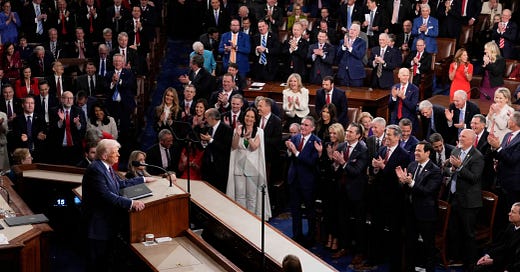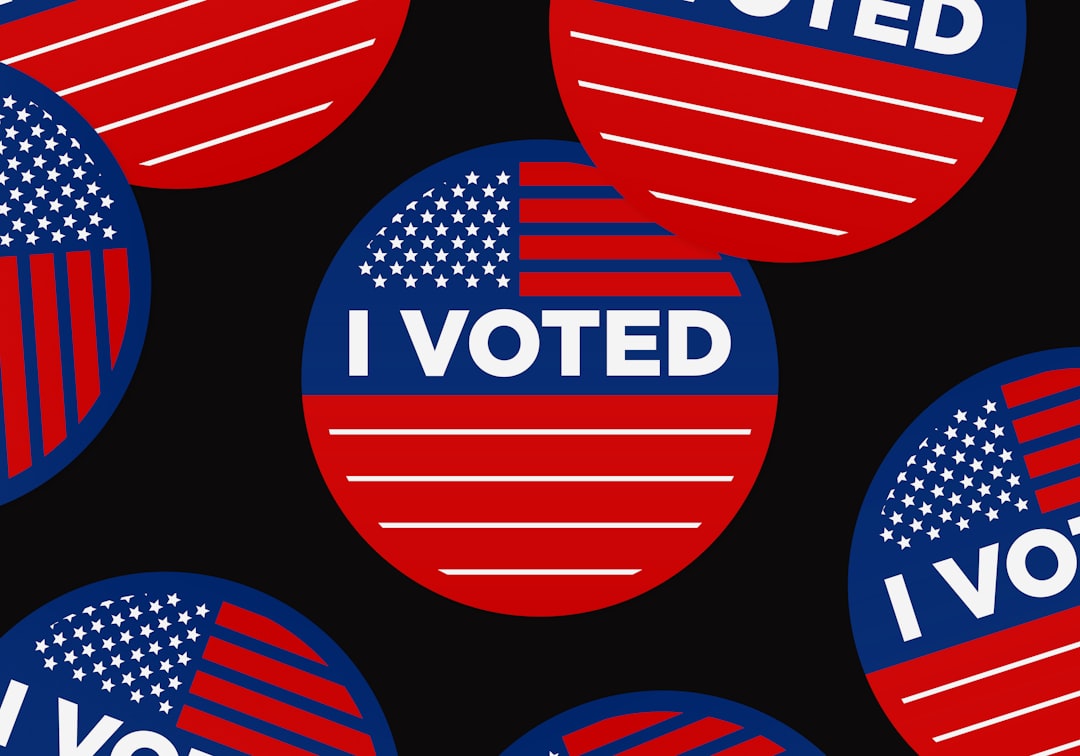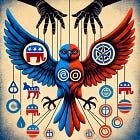The Ruling Class of The United States, Part 1
Understanding What The President Can and Cannot Do
Welcome to the two-part analysis of The Ruling Class of The United States. This is Part I of two. You can find Part II here.
In the United States government, Congress makes the rule of the land. The bodies that make up Congress comprise the House of Representatives and the Senate. There are 435 members of the House of Representatives and 100 members of the Senate.
Overall, these 535 elected citizens create the rules that govern roughly 330 million Americans.
Now, while it seems that the members of Congress have their hands stretched just a little bit—as each member can be seen as being responsible for over 615,000 people—this governing structure has been in place since the beginning of the United States.
And since it’s been in place forever—and seems to have worked historically—we don’t question it, examine it, or make any attempts to change it. On the one hand, that’s totally fine. It’s part of history, part of tradition, and it’s the system that connects us to our founding fathers. So, no argument there.
On the other hand, just because Congress has historically been the way that laws have been created in this country for 250 years doesn’t mean that that process itself isn’t misconstrued and now misrepresents the people of the United States.
In part one of this analysis, we will cement our understanding of the roles and responsibilities in passing laws that rule the land. In part two—for paying members—we’ll dive deeper into the laws that Congress passes.
On paper, they’re supposed to be for the good of the American people, but a closer examination shows that as high as 80% of the bills introduced and laws passed directly benefit corporations—and not the average American citizen.
This statistic lines up very perfectly with my previous article on The Modern Slave Plantation, where I show how 80% of the jobs that we work here in America do not benefit humanity but rather benefit investors and corporations.
America is no longer the land for the people. This narrative is told to the people, but upon careful examination, we will break down how this understanding is outdated. By realizing that not only do we work jobs to serve corporations, but these corporations and investors are also making the laws that we—the people—must obey, we begin to see just who the true ruling class of society is.
By understanding the reality of how things work—hence my article on The Reality Inertia—we can understand just how much change can occur.
And so, without further ado, let’s dive right in.
TL;DR:
Most Americans don’t have a clear, current idea of how the United States Governing Body works
There’s the legislative branch that creates the laws. The executive branch (The President) only enforces those laws
Many studies show how corporations write up to 80% of bills introduced into Congress via their lobbyists
This article aims to show the many aspects of the various entities that constitute the actual ruling class of America
How Laws Are Made
To truly understand federal laws, let’s take a brief refresher. With so much noise and attention around the President, it’s easy to think that the President is the one who makes all the laws, but that’s further from the truth. The president makes no laws—only enforces them. We’ll dive into these intricacies here shortly.
But first, let’s start with the Governing Body that makes the federal laws—laws that apply to everyone. That governing body is known as Congress.
Congress is the legislative branch of government. It is comprised of 435 House of Representatives (representatives are based on state population) and 100 Senators (2 per state).
There are roughly 20,000 federal laws, all of which have come through the legislative branch. The takeaway is that for any federal law to be passed, it must come through Congress.
Now, let’s touch on just what the President does and can do.
The President’s Roles, Responsibilities, and Exceptions
The President is known as the Executive Branch of Government, and their job is solely to enforce the laws that Congress has passed.
The President enforces these laws through various means, either over cabinet members who oversee specific areas of society (e.g., Defense, Treasury) or over the agencies (e.g., CIA, FDA) or regulatory commissions (e.g., SEC, FTC).
Again, the takeaway is that the President’s job is to enforce the laws that Congress has passed. However, due to the noise and media attention given to the role, let’s address some of the intricacies and really understand the scope of the president.
Now, the President must sign bills into law—hence the ability to veto them and send them back to Congress. Ultimately, if enough members of Congress vote on the bill after the President’s veto, that bill gets passed into law anyway.
Next, especially during Trump’s second term, we’ve seen many Executive Orders. The key to note here is that Executive Orders Are Not Laws. Executive Orders are only orders or mandates for Federal-run agencies that the President has oversight of.
This fact is a key distinction to recognize because the perspective placed—that I’m guilty of falling off as well, hence my article on Did Trump Stop The Cabal on Day One—is that the President is “the most powerful person in the world.” Well, yes and no because, even with all the executive orders placed, none can ever override any federal laws already passed by Congress. That would be illegal.
Also, these executive orders from the President only apply to federal agencies or those who receive federal funding. Hence, private and business entities are able to do as they please without adhering to executive orders—unless they fall under federal regulatory or funding jurisdiction—and especially if federal laws passed by Congress protects them. (This discussion is very similar and tells of what happened during the pandemic.)
Neither a law from Congress nor an Executive Order can override any of the 27 Amendments of the Constitution—the Supreme Law of the Land. Hence, Biden’s mandates could not ‘trump’—pun intended—the religious freedom granted by the Constitution.
Before we dive deeper into Congress, it’s important to really understand how the laws work in the United States and not get carried away by all the noise and hoopla the media—mainstream and fake freedom sites—throw around.
The President isn’t some all-encompassing powerful entity. Their job is to uphold and enforce the laws the legislative branch sets.
That being said, the legislative branch is key to understanding as they’re the ones creating and passing most of the laws.
Our attention will focus on this because by seeing who creates the laws that the president ultimately enforces, we can see just who truly is the ruling class of the United States.
See you all tomorrow in Part Two of this discussion. Remember, its for paying members only.
Ashe,
Franklin O’Kanu
Related Content
Call To Action
If this article opened your eyes, there’s more behind the paywall. Exclusive, in-depth pieces that go deeper, challenge more, and reveal the truths they don’t want us to see.
🔑 Become a paid member and gain access to premium and archived articles, exclusive podcasts, and thought-provoking chats you won’t find anywhere else.
📖 Prefer a comprehensive take? My book, An Unorthodox Truth, is a fact-based journey through 200 years of deception—a must-read for those seeking clarity in a manipulated world.
☕ Feeling generous? Leave a simple tip to support this work—every bit helps me continue creating meaningful content.









Donald Trump is answerable to the Jewish globalists who took over America in 1913 when they established their private central bank the Federal Reserve. A.I.P.A.C. has more control over Donald Trump than Donald Trump has over the entire political spectrum and as I write, Donald Trump would not dare criticise the Jewish Irgun Terror Regime in occupied Palestine because if he did he would either be assassinated or he would have to find alternative employment.
Donald Trump is as fake as a 7 dollar Federal Reserve note and Trump continues to threaten Russia with additional sanctions over the Ukrainian conflict with Russia, but Trump remains tight lipped over the extermination of over 54 thousand Palestinian men, women and children by the Jewish Irgun Terror Regime in occupied Palestine, which Trump refuses to criticise and which Trump would not dare to sanction.
A Wonderful Breakdown Franklin - Thank you!
Fiat money and Fiat government! It's all fake and an illusion.